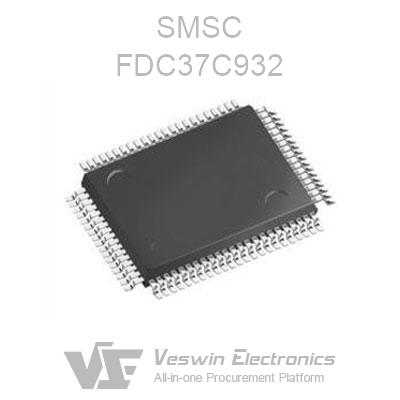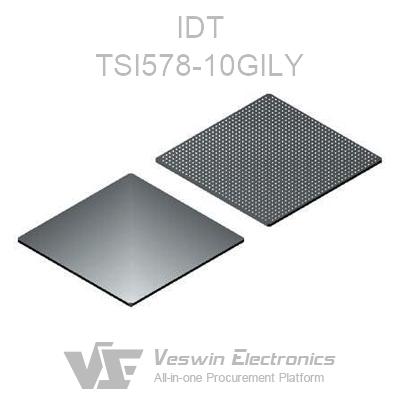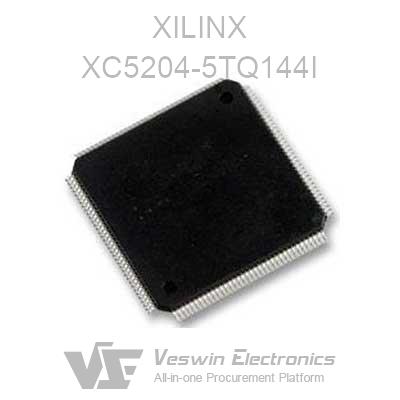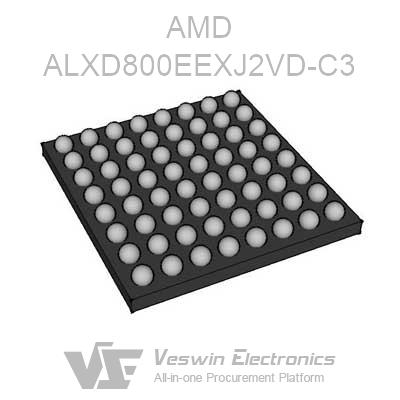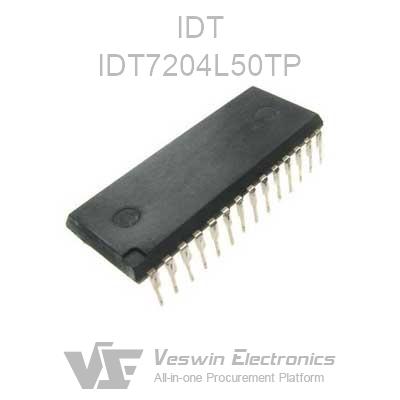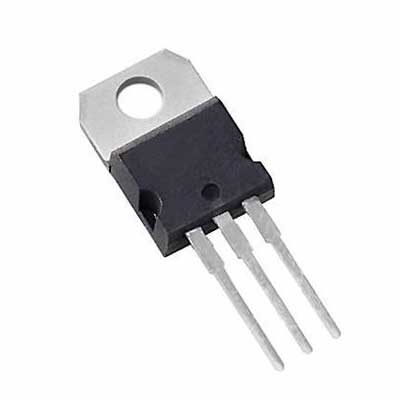According to IHS Markit's smartphone display market tracker, 409 million smartphone display units were shipped in the first quarter of 2019, down 20 percent from the fourth quarter of 2018 and down 9 percent from the first quarter of 2018. Demand for smartphones is expected to remain weak through 2019 as a direct result of the economic downturn caused by the sino-u.s. trade conflict and U.S. sanctions.
Under the leadership of President trump, the U.S. government has enacted a wide range of protectionist policies in an effort to stop China's economic development.The U.S. government raised taxes on all imports from China to 25 percent.The government also ordered U.S. companies to stop trading with huawei, citing security concerns.
Huawei has been hit hard by American sanctions. Since American companies have suspended the supply of materials and equipment to huawei, especially Google will stop the service to huawei, which makes huawei's terminal products unable to use Google service overseas, this measure has hit the hardest.For American companies, apple will also be affected by the tariff increase because its iphones are made in China.
Negotiations between the two countries are ongoing, but the trade war has already had a negative impact on consumer demand for smartphones.As a result, smartphone manufacturers appear to be more conservative about display orders, leading to a sharp drop in smartphone display shipments in the first quarter of 2019.
After the first quarter of 2019, the impact on smartphone demand will be even more severe.Huawei will cut orders for TFT LCD smartphones by about half in the second half of 2019.In addition, shipments of iPhone display screens are expected to be weak in the second and third quarters of 2019 due to the tariff increase.In the second and third quarters of 2019, shipments of smartphone display screens are expected to decline by about 10% year-on-year.
Samsung's Galaxy production is less affected by the trade war because it is made in Vietnam.China's second-tier smartphone brands, such as OPPO, vivo and xiaomi, have been less affected, as their products are mainly aimed at China, Asia and Europe, with only a small share of the us market.
The impact of the trade war is being felt across the smartphone industry, with perhaps the most interesting shift from TFT LCD to AMOLED.Samsung is considering AMOLED for its display products.In the highly competitive Chinese smartphone market, OPPOvivo is actively selling AMOLED.Overall, smartphone display shipments are expected to decline 10% year on year, while AMOLED smartphone shipments are expected to grow 4% year on year.From the first quarter of 2019 to the third quarter, TFT LCD shipments are expected to decline 14 percent year-on-year.
Although IHS Markit has made a forecast for q3 2019, it is difficult to predict the demand for smartphone display screens in the second half of 2019, including shipments in q4 2019.
The smartphone market in 2019 will be shrouded in uncertainty by the trade war, especially U.S. policy toward huawei.Talks between the U.S. and China are ongoing, but how to resolve them remains unclear.
Ongoing attention must be paid to the negotiations between the United States and China, as well as to how smartphone makers adapt to an uncertain market in 2019, which will present an eye-opening scenario.
Hot News

